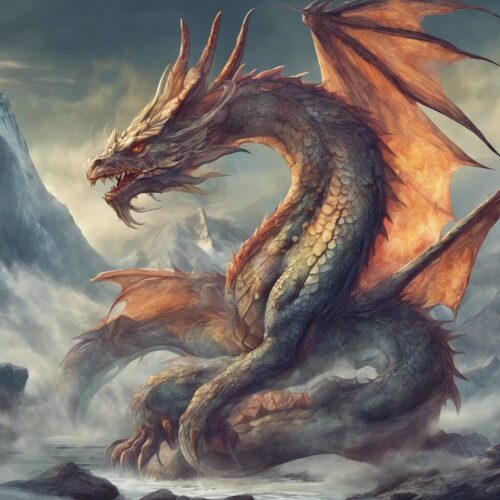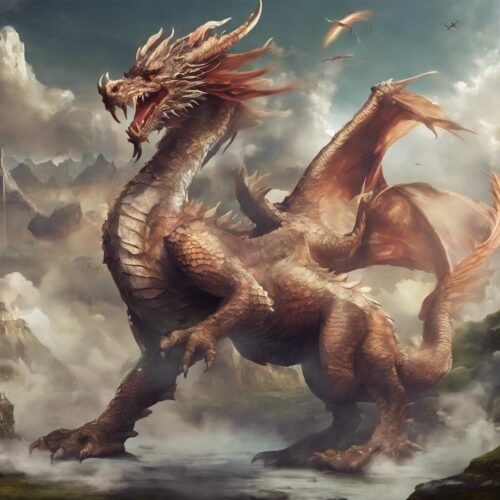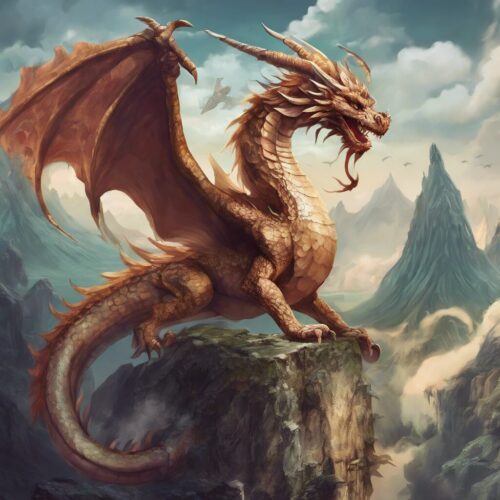In the eloquent words of dragon enthusiast and author Ursula K. Le Guin, “A dragon is a necessary monster”. Our journey into the world of dragons takes us across different cultures, histories, and mythologies that have continued to shape and enrich our human experience. Tales of these extraordinary creatures have been narrated around campfires and whispered down the generations, igniting our imaginations and shaping our connections to things that are curiously otherworldly. Let’s embark on a mythical expedition to interweave tales of dragons from all around the globe.
The Western Dragon
The image of a fierce monster, brimming with malevolence, gets conjured up in most minds when we mention dragons. This notion primarily originates from the depiction of dragons in Western mythos. Known to be stout, equipped with formidable bat-like wings and spewing raging inferno, these terrifying creatures are often found locked in battles against knights and heroes of lore.

Eastern Serpents
Unlike their Western counterparts, Eastern dragons are viewed as benevolent divine beings that possess heavenly wisdom. These serpentine deities, adorned with magnificent scales, are often depicted without wings yet possessing the ability to soar the skies amidst clouds and mist. Ancient tales portray them as controllers of water bodies, symbolizing prosperity and good luck. Often seen in Imperial Chinese architecture, these mythical creatures remind us of our close ties with nature and the celestial realms.

Aussie’s Rainbow Serpent
Continuing our flight into the world of dragons, we touch down in the rugged landscapes of Australia. Here we encounter the Rainbow Serpent, a chief character in the Dreamtime creation stories of the Aboriginal people. This enigmatic entity weaves tales of creation and destruction, morality and societal norms, giving us a glimpse into the rich tapestry of Indigenous cultures.

Wyverns and other Dragon Cousins
We mustn’t forget the less famous relatives of dragons. Wyverns, lesser dragons with two legs, have adorned the crests and shields of noble families for centuries. Hailing from late Medieval stories, these creatures, albeit smaller and less potent than the grandeur of dragons, feature in the annals of European folklore.
Conclusion
Through our journey into the world of dragons, we’ve learned that these mythical creatures are more than just the fiery beasts of legend. They hold a much deeper resonance in our world – from emblems of raw power to wise, benevolent protectors, from agents of creation to harbingers of destruction – they encompass a myriad of roles that have forever been etched into our collective psyche.
So, the next time you read a myth, hear a folklore, or watch a movie featuring a dragon, remember, these fascinating beasts are more than just figments of wild imagination. They are potent symbols that navigate the course of human culture, history, and mythology – for every dragon has a tale to tell.
